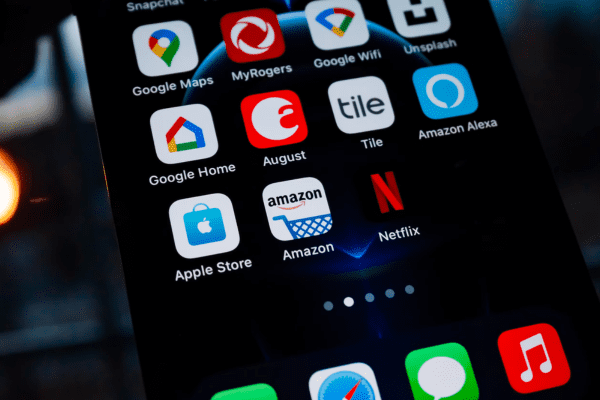People are downloading and using apps at an increasing rate. A 2017 study found that the average human uses 9 apps per day and at least 30 per month. That’s a 15% increase in app usage from 2015. And according to App Annie, app spend is predicted to surge past $110 billion USD. It doesn’t take a genius to figure out why business owners want their app to succeed.
So, let’s say you’ve created a new table football app called Foosball. You’re ahead of the app curve and Foosball has been available to download on the Apple App Store for a few months. You’ve seen some growth but nothing that’s setting the world alight.
You decide to hire an ASO agency to get your app in front of your target audience. How do you know whether their ASO work is really benefiting your app and your business?
Impressions are skyrocketing
One aim of ASO is to ensure that your app is being seen in front of the right crowd. For example, you would want Foosball to be seen by a particular demographic e.g. males aged 10-25 with an interest in soccer.
When we talk about Foosball being “seen”, this is known as an impression. Generally speaking, an impression is an opportunity for your user to click through, view your app in more detail, and then download and convert into a customer.
When your ASO strategy is being implemented correctly, your impressions metric will start to grow. This is because correct app store optimization will increase your app store rankings, and when you rank higher in app store searches, more people see your app. A pretty simple win, right?
The work that goes into getting your app in front of the right eyes is centred around ensuring that your app falls into the correct categories. For example, Foosball should appear in sports-related cohorts. This is achieved by your ASO agency researching relevant search terms, categories, and locations for your app to target.
Should it be the case that your app’s impression rate isn’t increasing, becomes stagnant, or *gasp* decreases, don’t panic. ASO in the initial stages can show come fluctuation. You should become concerned if these three app-killing trends continue past the three-month mark of ASO work.
Downloads are through the roof
With most business owners who are trading on the app store, a download counts as a conversion. Conversions (along with customer retention) are what really matters when it comes to success on the app store.
When your agency of choice starts work, they should have a benchmark to work against. For example, let’s say that Foosball is acquiring 20 downloads per month. Not a bad start, but you know that in front of the right audience the sports app can easily acquire 200 downloads.
Correct ASO should steadily increase your download frequency against your initial benchmark. The optimization work that takes places will guide people to your app and your 200 a month download goal will become more achievable — just as long as the optimization work is being undertaken correctly.
Your revenue stream is making it rain
Sales data is indicative of how much revenue you’re generating from app downloads and in-app purchases. If your ASO is having the desired effect, you should see an increase in revenue as a higher number of people download and engage with your app.
App store optimization isn’t rocket science. If your app is correctly optimized for the app store, it will rank higher in searches, gain more impressions, acquire more downloads, and generate higher revenue figures.
If none of these things are happening with your current app store optimization company, it might be time to talk to Method and Metric.

